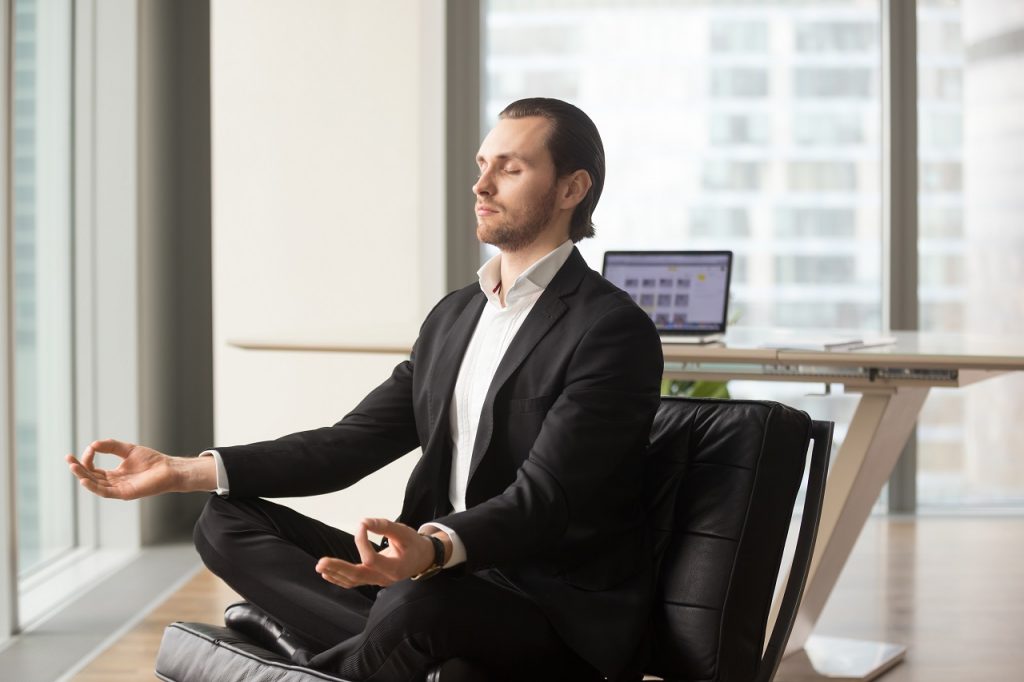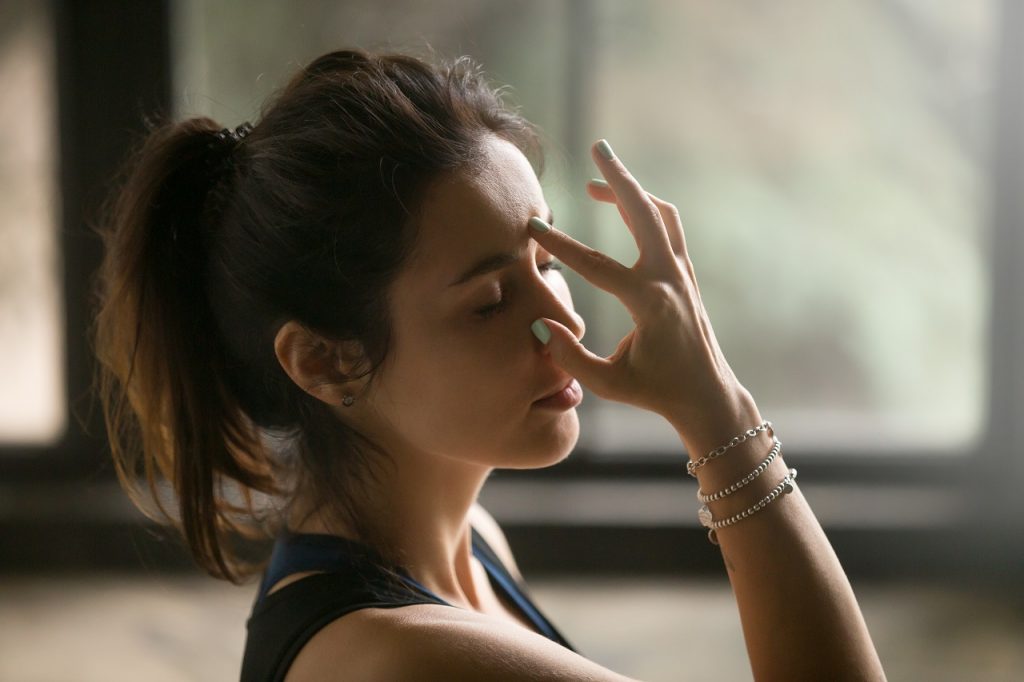
Breathing exercises or “PRANAYAM’, the word is derived from ‘Prana‘ which stands for ‘life force’ and ‘Ayama‘ which means ‘to lengthen or to work on it’. Prana, in yogic terms, means the force within the body that is vital for the functioning of the body as well as its vitality. Breath is our vital source of energy. Did you know that we can throw out 80 per cent of the toxins from our body by breathing correctly? The key to healthy and happy living lies in right breathing. When we attend to our breath, it can heal us from within.
Our cells regenerate all the time, and cannot regenerate without oxygen. Breathing is the fastest and most efficient way for our bodies to get oxygen. Deep breathing helps our immune system regenerate cells in order to fight infection and any other ailments that affect us. Certain breathing exercises have shown to greatly increase the efficiency of our immune system. The better the air quality and the deeper you breathe the more you can help your immune system work properly. Routinely practicing deep breathing exercises can improve your overall immune system.
Benefits of Pranayama to Boost Immunity
- Pranayama enhances and stimulates the immune system
- Improves function and strengthens cells, tissue, glands and organs
- Pranayama releases stress, anxiety and depression
- Removes heart blockages
- Cures heart problems
- Boosts overall health and cures many health issues
- Pranayama increases blood circulation
- Cures Aasthma, Headache, Migraine, Neurological problems, Depression, Gastric problems
- Cat and Cow breathing exercise:
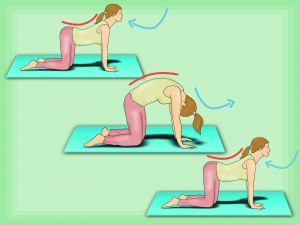
This is a great yoga sequence that helps to improve circulation and clear congestion in the bronchial region and sinuses.
Benefits of Cat and Cow breathing exercise:
- It stimulates digestion and, through muscular contraction and extension, pumps blood and lymphatic fluid through the thoracic muscle groups.
- It increases cardiovascular fitness and helps stimulate the kidneys while relieving stress from the neck and shoulder area, and extending the lumbar spine region.
How to do it:
- Rest your arms and knees on the floor. On the inhale breath, lift and expand the front chest up and forward, elongate your throat, draw your shoulders back, and curve your middle spine downwards as you tuck in your tailbone.
- On a strong exhale, tuck your chin to your throat, pull in your belly, and arch your spine upwards (like an angry cat), rolling your shoulders forward and down to compress the front chest.
- Inhale to Cow Pose and exhale to Cat Pose with a fluid up-and-down, wave-like motion of the spine and torso. Repeat the cycle 5 times.
- Kapal Bhati Pranayam:
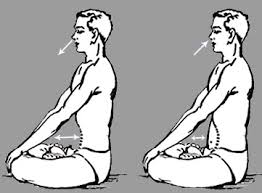
Kapal meaning skull, Bhati meaning shining and pranayama meaning breathing technique. It is a great breathing exercise and can improve bodily functions. This breathing exercise can remove 80% of the toxins in our body through the outgoing breath. Regular practice of Kapal Bhati Pranayama can help detoxify all the systems in our body.
Benefits of Kapal Bhati:
- Helps in increasing the metabolic rate
- Improves digestive functioning, absorption, and assimilation of nutrients
- Improves blood circulation and nervous system functioning
How to do it:
- Sit at a comfortable place with your spine straight. Place your hands on the knees with palms open to the sky.
- Take a deep breath in. As you exhale, pull your stomach in. Pull your navel in back towards the spine. Do as much as you comfortably can. You may keep your right hand on the stomach to feel the abdominal muscles contract.
- As you relax the navel and abdomen, the breath flows into your lungs automatically.
- Take 15-20 such breaths to complete one round of Kapal Bhati Pranayama.
- After completing the round, relax with your eyes closed
- Do two more rounds of Kapal Bhati Pranayam.
3. Bee Breath (Bhramari Pranayam)
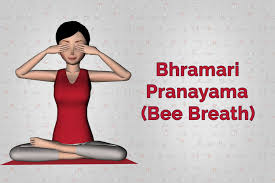
Bhramari Pranayama or the humming Bee Breath produces a sound similar to the humming of a bee. Bhramari comes from the Sanskrit word ‘Bramar’ which means a kind of black Indian bee. Bhramari pranayama has a soothing effect on the brain and calms the mind. Gives relief if you have a slight headache
Benefits of Bhramari Pranayama (Bee Breath)
- Helps mitigate migraines
- Helps clear the nasal and ear canals
- Clears the sinuses
- Helps in improving concentration and memory
- Effective in reducing blood pressure
How to do it:
- Sit in a peaceful place with your spine erect
- Place your index fingers on the cartilage between your cheek and ear
- Take a deep breath in and as you breathe out, gently press the cartilage. You can keep the cartilage pressed or press it in and out with your fingers while making a loud humming sound like a bee
- Breathe in again and continue the same pattern 4-5 times.
Precautions for doing Bhramari Pranayama
- Ensure that you are not putting your finger inside the ear but on the cartilage
- Don’t press the cartilage too hard. Gently press and release with the finger
- While making the humming sound, keep your mouth closed
- Dog Breathing Exercise
Dog Breathing cleanses and detoxifies the body while expelling the toxins out from deep inside your tissues. The sharp contracting movements while practicing Dog Breathing strengthens the abdominal muscles.
Benefits of Dog breathing:
- It beneficial in preventing fat deposition in the abdominal area,
- Helps in improving the respiratory capacity and prevents the person from catching any respiratory disorder if practiced regularly.
How to do it:
- Sit in Easy Pose with your chin in and your chest out. Stick your tongue all the way out and keep it out as you rapidly breathe in and out through your mouth. This is called Dog Breath. Continue this breath for 3-5 minutes.
- To finish, inhale, and hold your breath for 15 seconds and press the tongue against the upper palate. Exhale. Repeat this sequence two more times.
- Beginners can start with 15- 20 seconds and gradually reach up to 1 and then up to 5 minutes.
- Bhastrika Pranayama
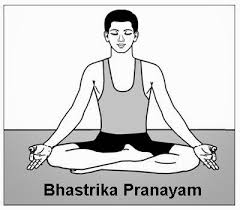
It strengthens the immune power. Practice Bhastrika Pranayama for 10 minutes in the morning and evening on an empty stomach daily for one month.
Benefits of Bhastrika Pranayam
- Helps reduce episodes of cold, cough and flu
- Improves thyroid function and tonsils
How to do it:
- Sit comfortably on the flat ground.
- Take a deep breath through both nostrils and fill the lungs with air and then exhale with a hissing sound.
- Inhale deeply and exhale completely.
- Do this for 2 min to 5 minutes max
Precautions for Bhastrika Pranayama
Those suffering from lungs, heart problems and high blood pressure should practice slowly. High blood pressure patients should exhale through the mouth instead of the nose.
Incorporating these simple yet powerful breathing exercises into your daily routine can significantly boost your immunity and improve your overall health. Practice regularly and feel the transformative effects on your body and mind. For further information or guidance, reach out to our certified experts by subscribing to GOQii’s Personalised Health Coaching here.
#BeTheForce
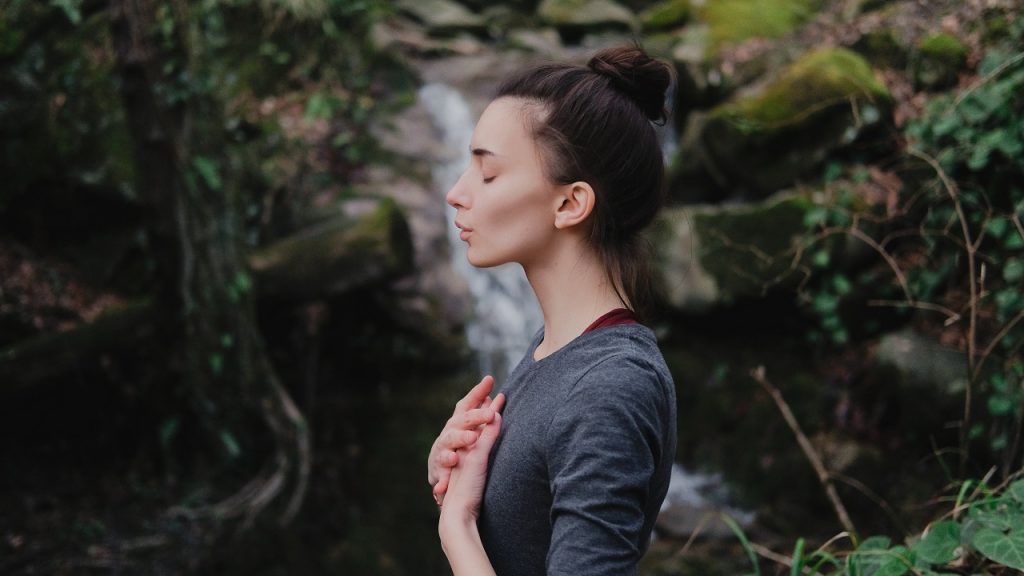
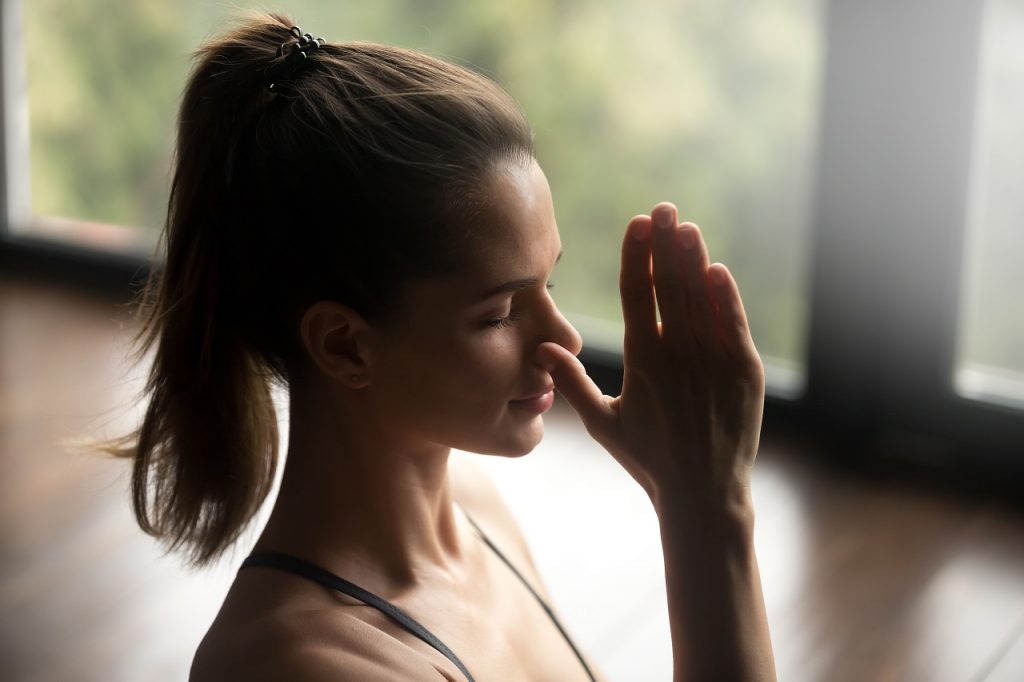 Have you ever wondered how many breaths we all take in our lifetime? On average we take about 675 million breaths in 80 years of life. Breathing frequency and type are different in different stages of our life depending on age, altitude, pollution levels, smoking, weather and other factors.
Have you ever wondered how many breaths we all take in our lifetime? On average we take about 675 million breaths in 80 years of life. Breathing frequency and type are different in different stages of our life depending on age, altitude, pollution levels, smoking, weather and other factors. 